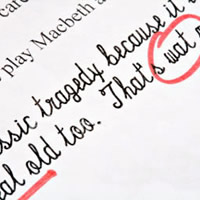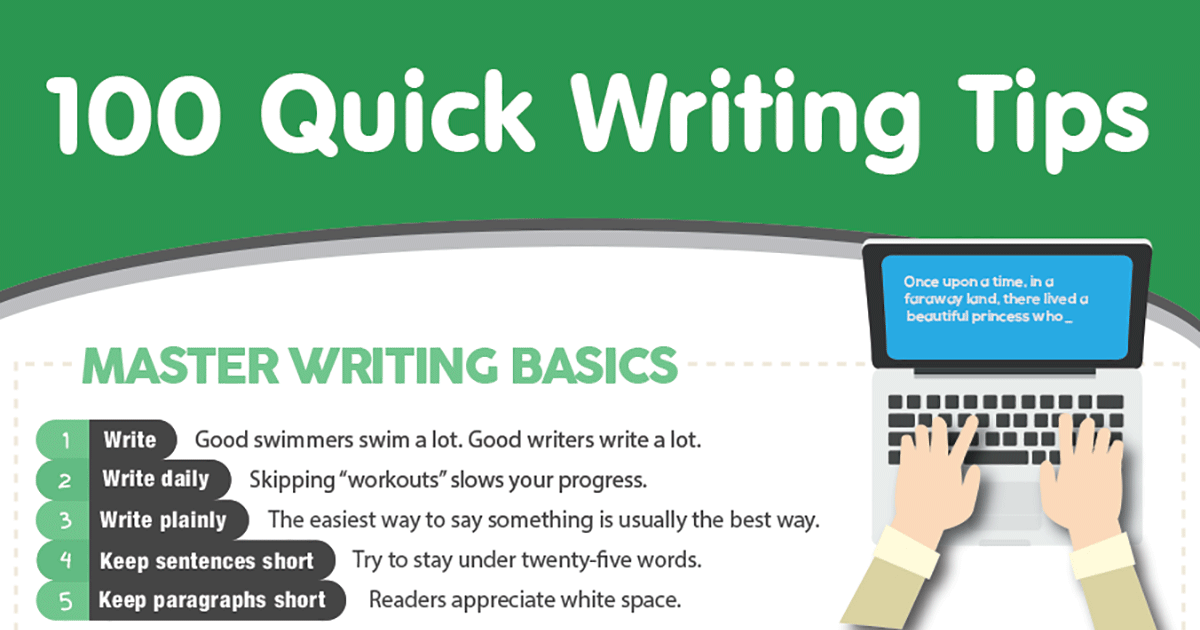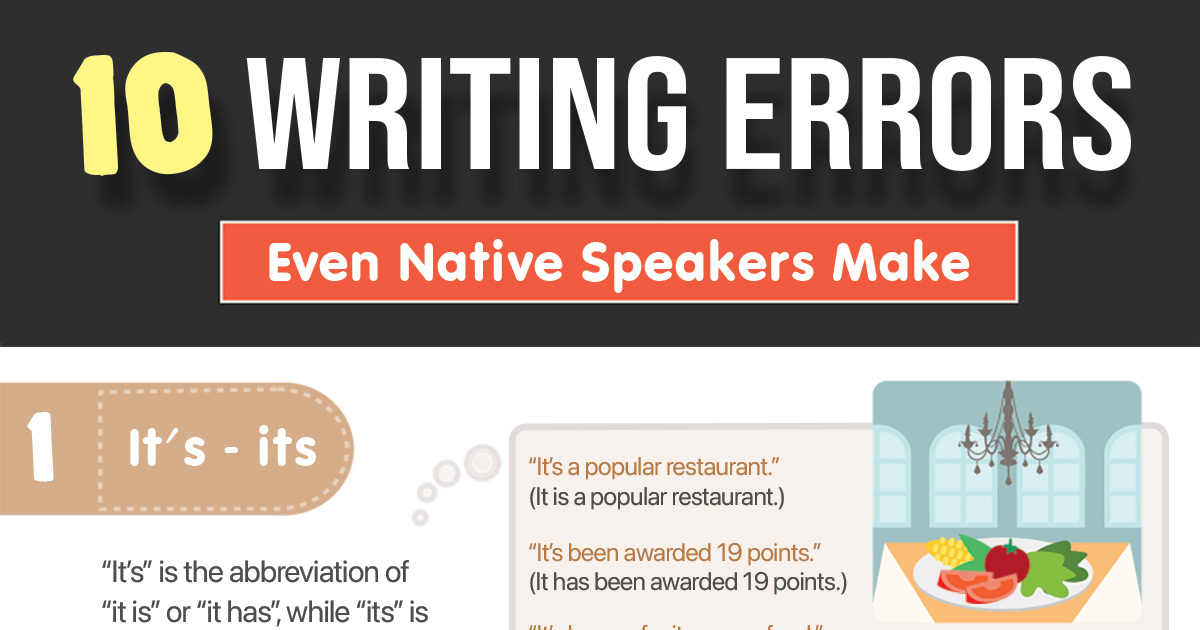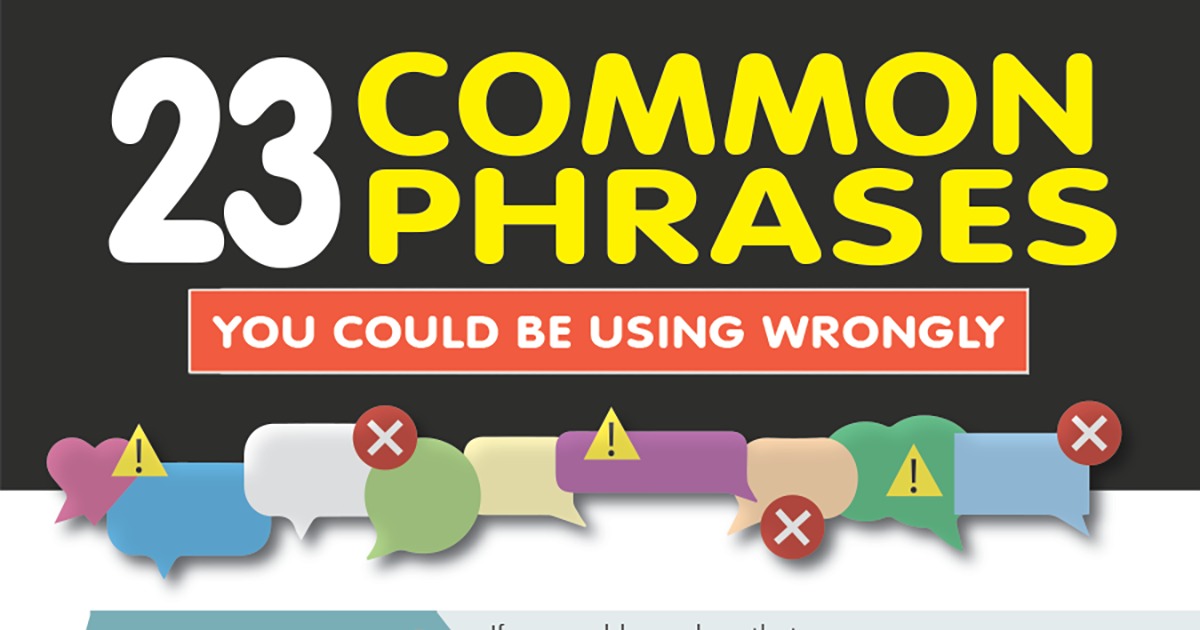 In a nutshell, proofreading refers to the process of checking text in order to detect and correct all the spelling errors and typos that may have occurred during the writing process. Proofreading should be performed before posting content online, and it can be done either manually or with the help of various online tools - the latter choice is the most common, given the fact that online proofreaders are fast and very accurate. Here you will find 10 essential proofreading tips that will help you correct a text before uploading it or submitting it to article directories:
In a nutshell, proofreading refers to the process of checking text in order to detect and correct all the spelling errors and typos that may have occurred during the writing process. Proofreading should be performed before posting content online, and it can be done either manually or with the help of various online tools - the latter choice is the most common, given the fact that online proofreaders are fast and very accurate. Here you will find 10 essential proofreading tips that will help you correct a text before uploading it or submitting it to article directories:
1. Focus On Punctuation!
Paying attention to punctuation is of utmost importance when it comes to proofreading your text - after all, this involves more than looking for errors: you need to see if the phrases are properly connected to each other and if they make sense. Sometimes, if you misplace or forget to use a comma you can change the whole meaning of a phrase. Avoid using too many question marks and exclamation points. More about this here.
2. Take A Break Before Proofreading The Text
Once you are done writing your text, take a break of 10-15 minutes before you move on to the next step (if you are not on a tight schedule, leave the text for a couple of days and return with "fresh eyes"). If you take a small break, it will be easier for you to point out the mistakes that may occur: some phrases or syntagms (Definiton) may not sound right and you will have to replace or correct them.
3. Ask Somebody To Proofread It For You!
This is certainly a great idea. If you ask a friend to proofread your text for you, he or she will read it from a totally different perspective - an objective one. You will be amazed to see how many errors you have missed. Usually, this does not happen because of ignorance, but simply because you were tired or you were not paying attention.
4. Make Use Of Online Tools
Fortunately, you can find countless free online tools that will check your text for errors. They are very quick and efficient, and this is why they are of great help for any writer, blogger or journalist. These online spellcheckers can easily detect repeated words, and they will inform you if you have forgotten or reversed letters. These online tools are ideal for those writers who are always in a hurry and who want to double-check their content, just to make sure it is flawless.
Our online editor provides free, online proofreading of your texts, and doesn't require any download whatsoever. The "Deep Check"-button can detect up to 10 times more mistakes compared to regular word processors. It also comes with writing suggestions that aim to help you improve your writing skills. All you have to do is to copy and paste the text inside the designated box and click the "Free Check"-button - simple and easy.
In addition to being a great online proofreader, it also comes with other features, such as vocabulary suggestions: the tool will suggest words that are likely to be more suitable for your text. Besides, this free online proofreader also allows you to check your text against more than two billion documents on the Internet in order to prevent plagiarism.
5. Read It Out Loud
Reading your texts out lout is a great way to identify possible mistakes. Maybe something does not sound right: maybe you have not used the most suitable verb, or perhaps you have missed a word. Reading your text out loud is certainly the best way to identify mistakes and correct them, since you will have to read every word - this significantly increases the chances to find a typo. If you haven't been able to see your mistakes, maybe you are able to hear them!
6. Proofread The Printed Version Of Your Text
If you spend a lot of time in front of the computer, your eyes will eventually become tired and you will not be able to point out typos and spelling errors anymore. This is why it is highly recommended to print your work and proofread the printed version rather than the digital version. Use a pencil to underline and correct your mistakes on the piece of paper, then move on and correct them on the "digital piece of paper". This guide is also pretty good in this matter.
7. Split The Text Into Pieces
If the text you are trying to proofread is too large or it has too many numbers, headers and bullet points, try to split it and correct one part at a time. For instance, you can correct the introduction, the paragraphs in the main body and the conclusion - after you are done, you can correct the subheadings to see whether they are correct and relevant. Leave numbers and bullet points last and focus more on bulk text.
8. Pay Attention To Details
Details are the ones that truly make the difference! Proofreading does not refer solely to checking your bulk text, it also refers to checking the name of the pictures, the references, tables and such. Check for errors in numbers and symbols as well (SfEP notes).
9. Take Your Time!
If you have a busy schedule and you cannot afford wasting time, then it is highly recommended to read the text carefully the first time you do it - it is a lot more time-effective than going through the entire text twice. Go through every word, sentence and paragraph. Do it slowly but surely.
10. Pay Extra Attention To Names And Numbers
The last but not the least one of the proofreading tips is to pay extra attention to names and numbers. Names and numbers are important, and you must spell them correctly (unfortunately, no spellchecker can correct them for you, so you will have to do it yourself). Pay attention to foreign names and double-check numbers, especially long ones. More info here.
To sum up, these are 10 simple and effective proofreading tips you should take into account after writing a text. They can help you identify and correct errors in a fast, efficient and time-effective manner, without having to go through the entire text several times.












